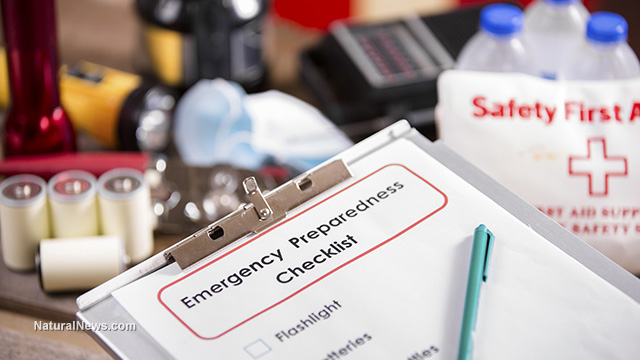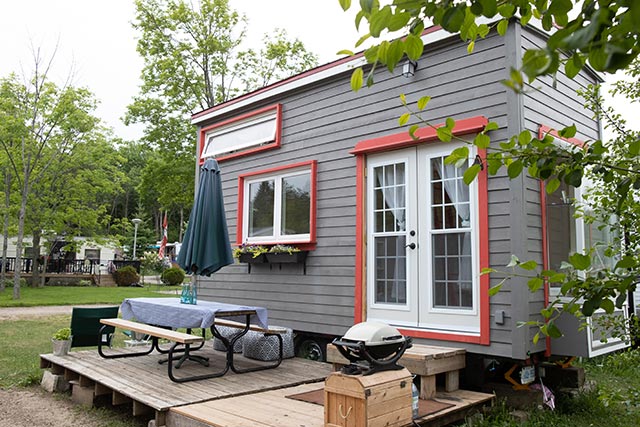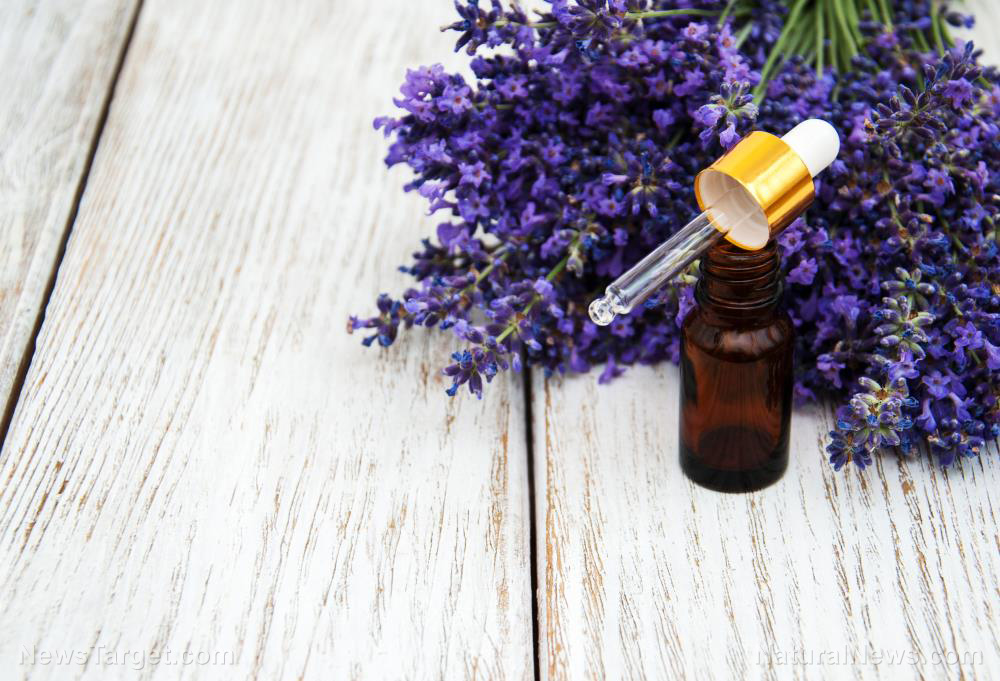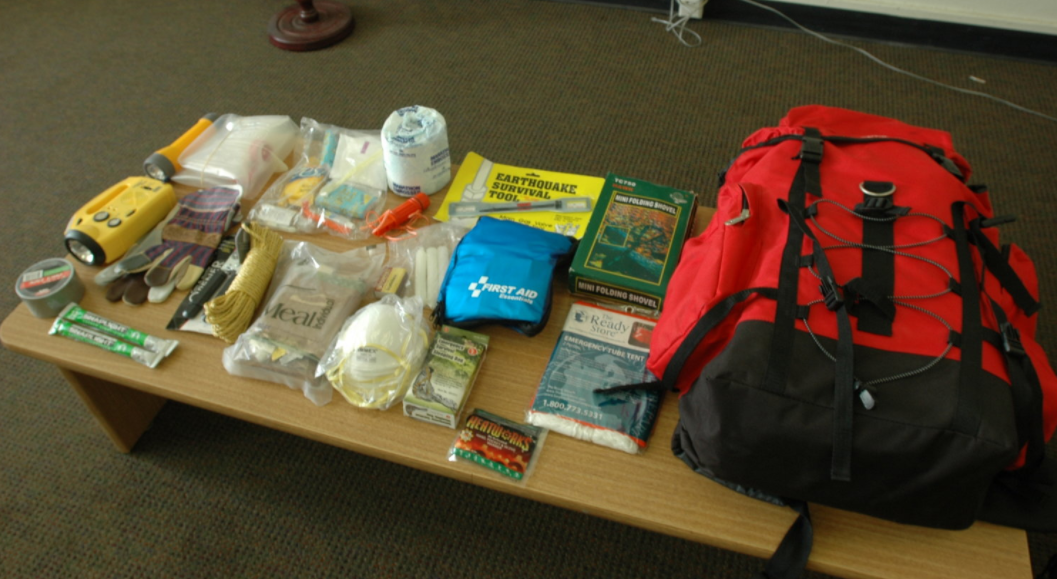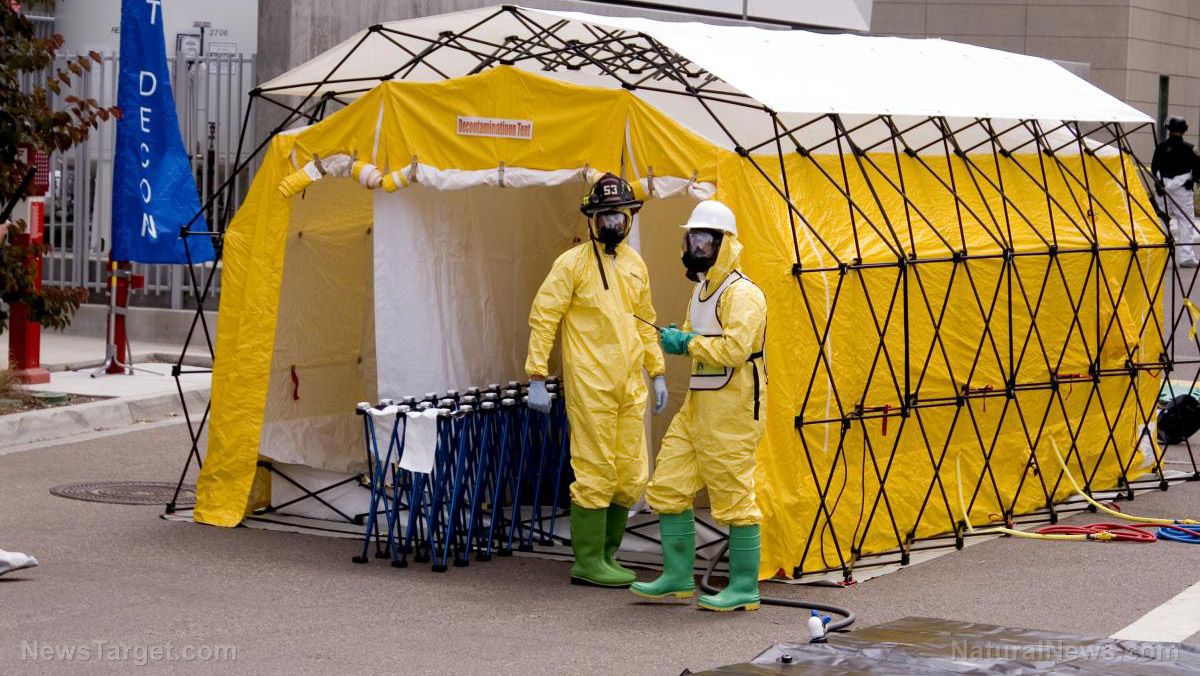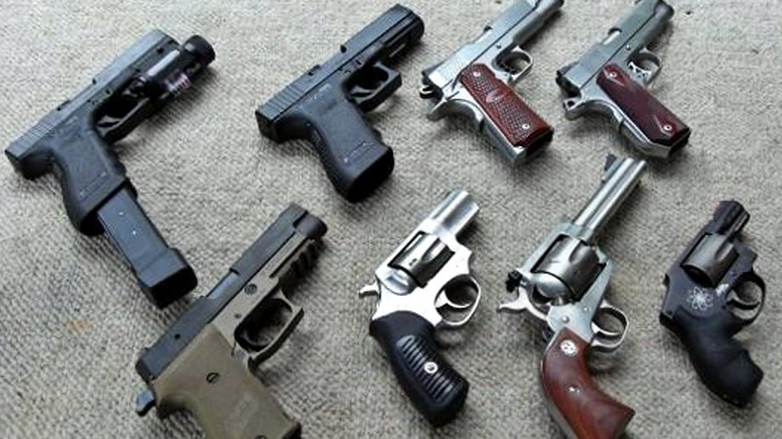Hidden in plain sight: Secret hiding spaces for your valuables
03/04/2019 / By Mary Miller
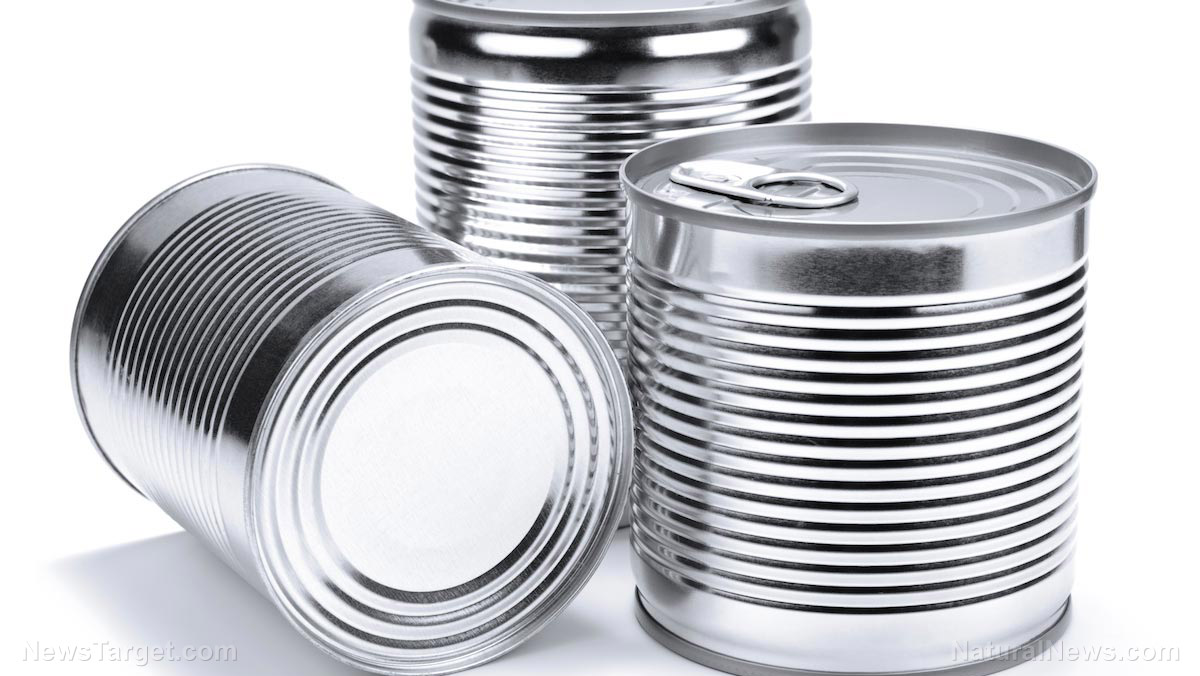
If a thief were to break into your home right now, how protected would your valuables be? Do you simply place them in your bedside drawer at night, or do you lock them away in a sturdy safe? Most people tend to place their valuables in one of these locations, which makes them the areas that thieves would most likely target first. A locked drawer can easily be picked, while a locked safe can be stolen entirely and forcefully opened somewhere else. Such hiding spots attract attention, but if you were to hide your belongings someplace less interesting, a thief would be more likely to overlook them than if they were stored in a secure but conspicuous place. Keep your valuable items safely hidden in plain sight by keeping them in these secret hiding places. (h/t to MDCreekmore.com).
Empty cans
Rather than throwing away empty food cans, why not repurpose them as makeshift storage containers for jewelry, money, and other important items? First, buy a cheap can of whatever food item you don’t normally eat. You’re just after the can, not what’s inside it, so be sure to choose the can based on the size that you want. Next, you should remove the can’s label. Trace the label on a piece of firm but flexible cardboard and cut out the pattern. You should now have a piece of cardboard that is identical in size to the label. Then, take the can and carefully cut it in half with a hacksaw. Once you have emptied the can of its contents, you should wash it clean and place the piece of cardboard inside the bottom half of the can. This will serve as the inner support for your storage container. Fill the lower half of the can with your valuables, and cover it with the upper half. Seal the can with tape and glue the label back on. Keep your new container in your pantry, hidden alongside other cans.
Sponsored solution from the Health Ranger Store: Lab-verified Nascent Iodine solution is a dietary supplement that provides your body with supplemental iodine to help protect your thyroid during radiation exposure. Nuclear accidents such as Fukushima (or nuclear war) can expose your body to radioactive iodine-131, a dangerous radioisotope. Pre-loading your system with stable iodine occupies the iodine receptor sites on your organs, causing your body to naturally expel radioactive iodine you may have been exposed to through air, food, water or milk products. This defensive strategy is recommended by nearly all health authorities, worldwide, including the Nuclear Regulatory Commission. Discover more at this link.
Old vacuum cleaner
If you have an old vacuum cleaner that no longer works, you can use its bag as another convenient hiding place for important belongings. Of course, you should make sure to first thoroughly clean the bag before placing anything in, otherwise you might end up with dusty and grimy jewelry. If you don’t have an old or broken vacuum cleaner, you might be able to find a second-hand one at a thrift store. For convenient access, you will want a vacuum cleaner with a bag that opens up easily. If you have any family members living with you, be sure to inform them that the vacuum cleaner is not for actual cleaning use. (Related: Prepping tip: How to hide your valuables in plain sight.)
Hollowed-out books
This is a clever trick used in many movies, but despite its prevalence in pop culture and its common practice in real life, this hiding spot should not be underestimated. There is a reason why it works so well. If you have a large library of books at home, your hollowed-out book can easily blend in with the rest of your collection. A potential thief wouldn’t waste his time inspecting each and every book. The trick is to make the spine of your book look as uninteresting as possible. If you want to take it a step further, you can hollow out a thick stack of old magazines that have been tightly bound together using twine. A thief is even less likely to take any interest in such a mundane hiding place.
Learn more ways to protect your valuables by going to Preparedness.news.
Sources include:
Tagged Under: break in, emergencies, empty cans, hiding places, hollowed-out books, Home Defense, Home invasion, home protection, home security, indoors, intruders, old vacuum cleaner, preparedness, Preppers, prepping, prepping tips, self-defense, SHTF, survival, survivalist, valuables



